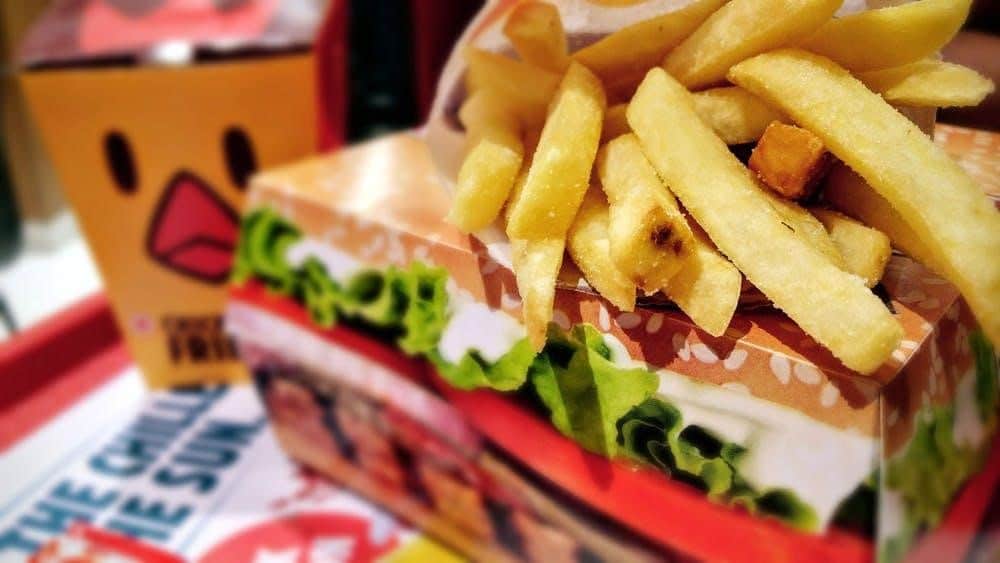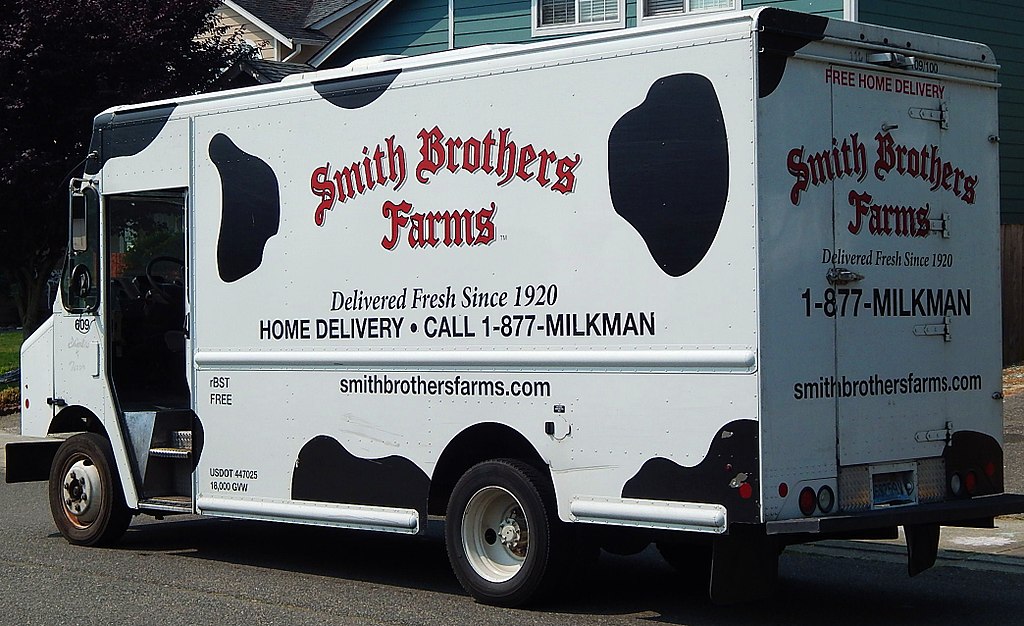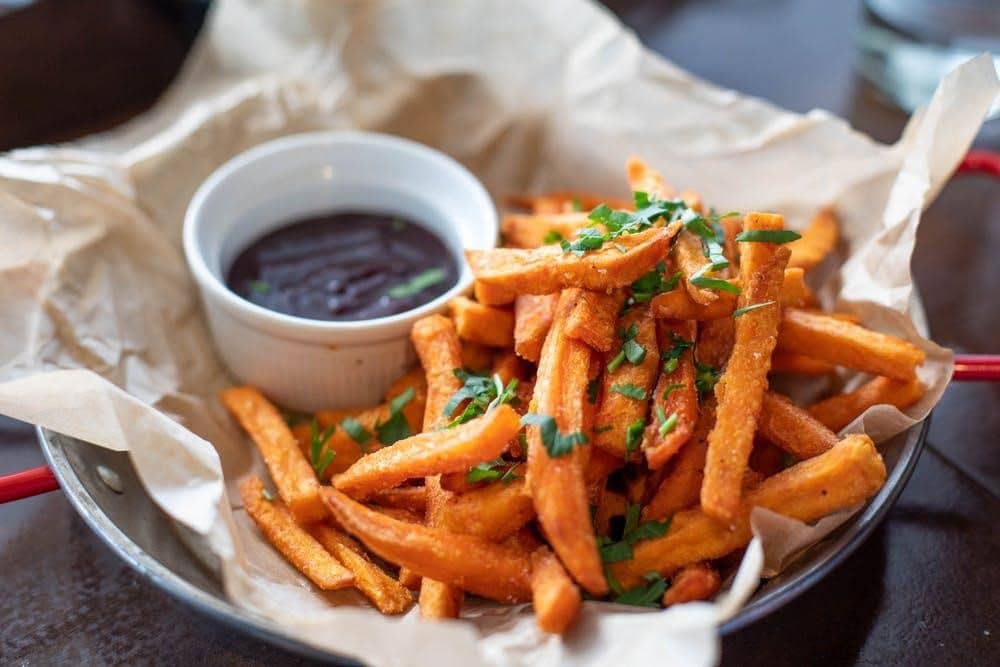
50 years sure is a long time for technology to evolve, ideas to form, and hybrid foods to be created. So, how has the industry changed in 50 years?

What has changed?
There is a long, long laundry list of areas that the food, restaurant, bar, and cooking industries have changed. The following are only a couple of them.

Farms are factories![]()
50 years ago the suppliers of dairy, meat, and produce were the family-owned and operated farms around the country. These small-town farms began work before dawn and ended after sundown. They worked as though their lives depended on it because it did! Today, we still have small-town farms, we still have family-owned and operated farms and we still have hard-working farmers rising before dawn as though their lives depend on it.
The difference is that these little farms are falling by the wayside. They are not nearly as sought after as they once were. Why? Because factory farms are everywhere! These much larger corporately run factory farms are able to produce at least twice as much product in likely half the time and for likely half the price. These qualities are incredibly appealing for buyers and distributors. Why? Because they are more interested in finding ways to save money rather than supply the people with higher quality food products.

Food&Drink Industry: Food is more processed![]()
The food that we consumed as a nation 50 years ago was far less processed compared to the food we consume today. Much of our food products are treated with large amounts of sodium and other preservatives. These practices are put in place to extend the shelf life of the food as well as manipulate the flavor profile. Some of these foods are created rather than grown. For example, there are some types of cheese that are not made with real cheese. Instead, the end result is a waxy substance that is made into a black formation and is typically melted for making ”cheese dip” or even mac n cheese.


Restaurant Industry: Fast food restaurants ![]()
Fast food restaurants were still a relatively new concept 50 years ago. White Castle was established in the United States in 1921 which was more than a century ago now. But, other fast-food chains didn’t begin to pop up until later. For example, McDonald’s was established in 1940 and KFC was established in 1951. Today, these fast-food chains remain among the most visited restaurants in the world with McDonald’s alone serving more than 62 million people each year.

Bye-bye milkman delivery![]()
50 years ago many households received their milk directly from the dairy farm. The delivery service was usually a man driving a van filled with glass bottles of milk. As the times changed, many of the bottles became plastic and the milk came in flavors as well as regular. The milkman was so beloved in the daily lives of his customers that it became a household joke that the ”odd child” in the house was actually the milkman’s child rather than the father of the other children. While this was widely used as a joke I am sure that somewhere in the world I was actually a true story.

Today, there are very few milk delivery services that offer farm to home milk delivery. I have one of these farms in my area, though I recently learned that the milk they deliver is no longer from their dairy farm.

Plant-based products are created![]()
50 years ago the plant-based products sold in grocery stores were fruits and vegetables. Though, Plant-based meats are believed to have begun production around the 1970s. Today, it is the latest fad to consume plant-based best, butter, and various other products.

Air frying booms![]()
Another concept that was far from popular 50 years ago was air frying. Back then if you wanted something fried, you heated up some oil and fried it. Today, much of our food choices are fried (and delicious) but, when you want to satisfy the craving for fried food without the added grease and fat clogging your arteries then you should turn to the air fryer. This is basically just a convection oven but it cooks food in the same ”crispy on the outside and delicious on the inside” way that is unique to frying.